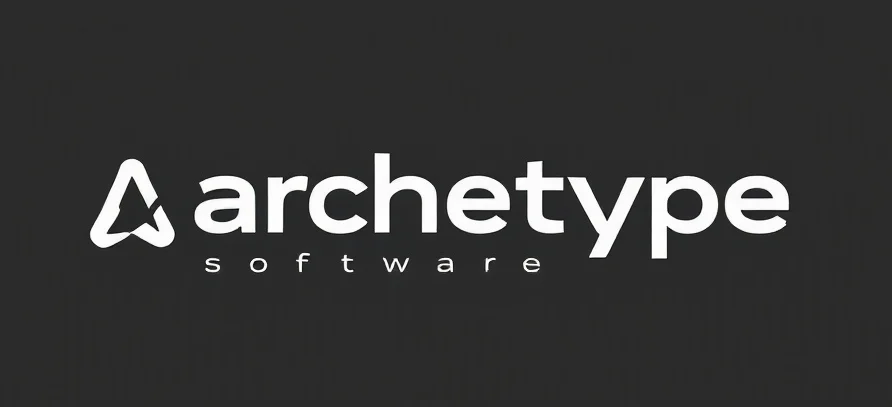Unlocking the Art of Product Descriptions: A Guide for the AI Era
In the world of ecommerce, product descriptions are the unsung heroes of conversion. They hold the power to captivate, inform, and persuade potential customers, but writing them isn’t just about stringing together fancy adjectives and hoping for the best. It’s a delicate balance of art and science, one that can be enhanced significantly with the right tools. For those looking for some inspiration and practical insights, check out these product description writing examples that illustrate how impactful descriptions can be crafted.
The AI Intern: A Surprising Ally in Description Writing
Think of AI as your trusty intern, ready to assist in the heavy lifting of product description creation. While AI isn’t quite the omnipotent oracle of sci-fi lore—it’s more like an eager apprentice. It can churn through data, identify trends, and suggest keywords with lightning efficiency. But, just like any intern, it requires guidance. The human touch, that nuanced understanding of context and emotional resonance, is what transforms AI-generated drafts into compelling narratives. It’s a partnership—a dance of logic and creativity.
Transformative Elements of AI-Driven Descriptions
AI’s capability to analyze customer data and predict preferences is where its transformative potential shines. Imagine an AI system that tailors product descriptions based on individual user profiles, crafting narratives that speak directly to their needs and desires. It’s personalization at a scale previously thought impossible. Furthermore, AI can help maintain consistency across a vast product catalog, ensuring branding and messaging remain cohesive—a task that can be daunting for human writers alone.
Bridging the Gap Between Promise and Reality
While AI can enhance efficiency and personalization, it’s crucial to acknowledge its limitations. AI-generated content can sometimes feel mechanical, lacking the warmth and wit that human writers naturally infuse. This is where the human-AI collaboration becomes key. Writers should see AI as a co-pilot, one that suggests routes and shortcuts but ultimately leaves the steering to the human in the driver’s seat.
Actionable Tips for Crafting AI-Enhanced Product Descriptions
- Leverage AI for Initial Drafts: Use AI to generate the first draft of your product descriptions. It can provide a solid foundation by suggesting keywords and structuring content logically.
- Inject Human Creativity: Once AI has done the heavy lifting, add your unique voice. Infuse the descriptions with personality, humor, and emotional appeal to connect with your audience.
- Iterate with Data Insights: Use AI analytics to understand what resonates with your audience. Continuously refine your descriptions based on customer interactions and feedback.
- Maintain Consistency: Ensure that your brand’s voice and tone are consistent across all descriptions. AI can help with this, but it’s up to you to define and uphold these standards.
In the end, it’s not about choosing between AI and human input; it’s about finding the right balance. By understanding and leveraging the strengths of both, businesses can create engaging, effective product descriptions that not only inform but also inspire. So, let’s embrace our AI interns, guide them wisely, and watch as they help us craft the narratives that drive our ecommerce success.
Checkout ProductScope AI’s Studio (and get 200 free studio credits)

